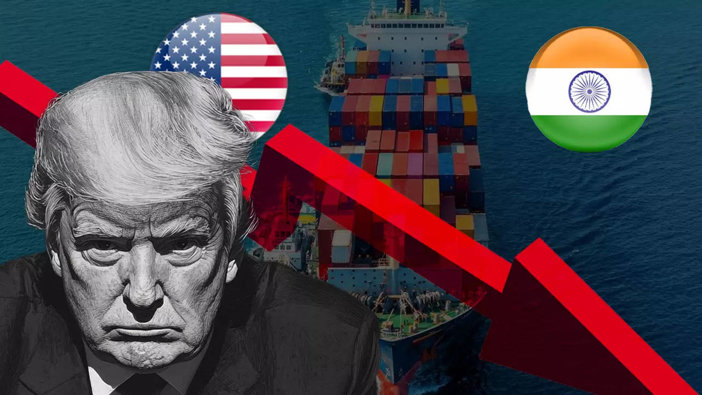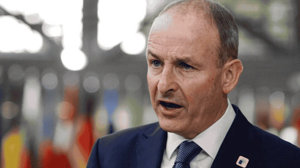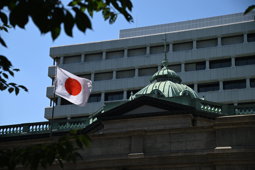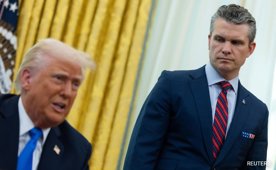
India Reviews Trump’s 27% Tariff Amid Talks
India’s Department of Commerce announced Thursday that it is "carefully examining the implications" of the newly introduced 27% tariff on Indian goods, unveiled by United States President Donald Trump just a day earlier. The announcement comes at a delicate time in U.S.-India trade relations, as both nations recently reaffirmed their intent to significantly increase bilateral trade.
The new tariffs, which affect a wide range of Indian exports, mark a notable shift in trade dynamics just weeks after President Trump and Indian Prime Minister Shri Narendra Modi publicly committed to expanding bilateral trade to $500 billion by the year 2030. The timing of the tariff imposition has sparked concern among Indian trade officials, but the broader goal of deepening economic ties remains in focus.
In its official statement, India’s Department of Commerce emphasized that dialogue continues between the two countries. "Discussions are ongoing between Indian and U.S. trade teams for the expeditious conclusion of a mutually beneficial, multi-sectoral Bilateral Trade Agreement," the department noted, underscoring New Delhi’s intent to pursue diplomatic solutions over reactive measures.
Trade analysts believe that the introduction of the 27% levy could complicate negotiations but not derail them entirely. Both sides have strong incentives to maintain momentum toward a comprehensive agreement that could unlock growth across various industries including technology, pharmaceuticals, and agriculture.
While India’s government has not announced any immediate countermeasures, the review process is expected to weigh the economic impact of the tariffs and explore strategic responses if necessary. The country’s measured approach signals a broader commitment to long-term trade objectives over short-term retaliation.
As talks continue, the international community is watching closely to see whether both sides can navigate the friction and reach a deal that benefits two of the world’s largest economies. With the trade teams actively engaged, prospects for resolution remain on the table, even amid escalating tensions.






